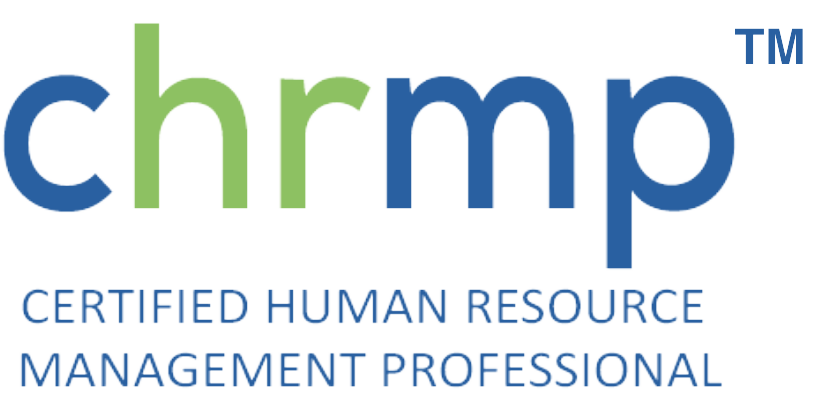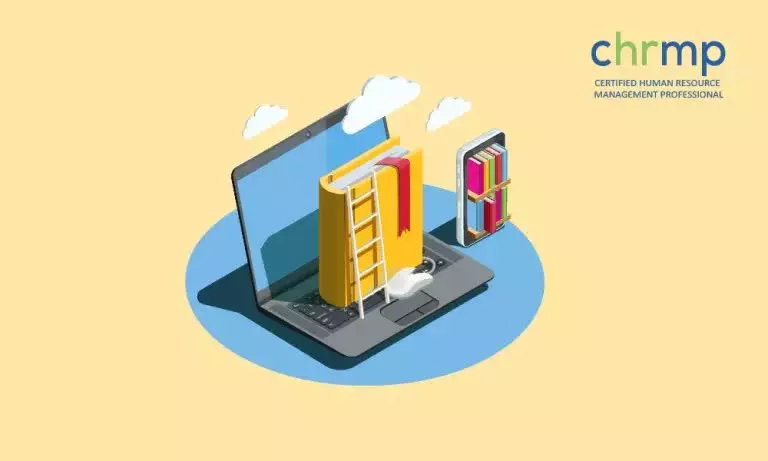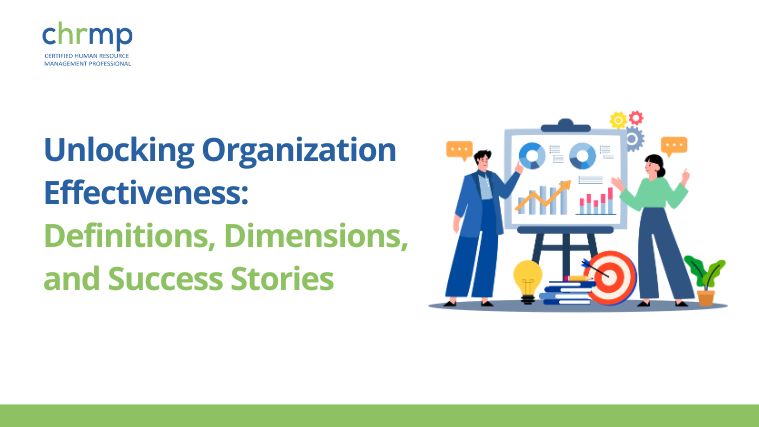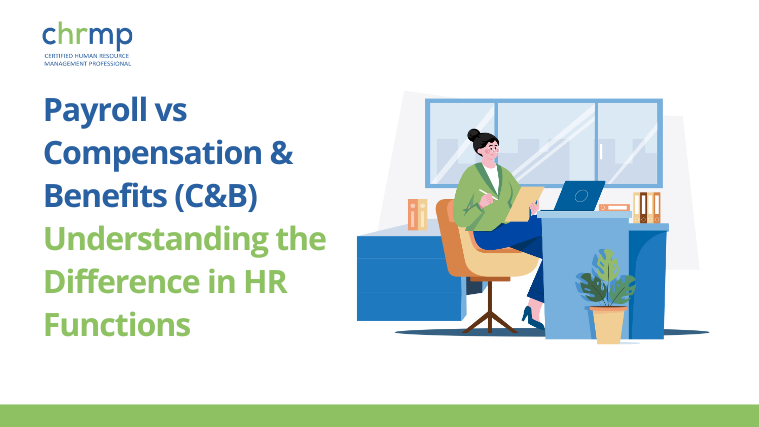Discovery of the internet along with its mass accessibility and use of personalized smartphones have allowed both micro and macro learnings to take center stage in the modern day world. This is the reason that learning professionals throughout the world are blending micro and macro learning to get the best results of training at the workplace.
1. Two models of macro and micro learning for redefining the skills as part of training
Before we proceed ahead, let us define “skill”.
Wikipedia defines the skill as the following.
It is the ability to carry out a task that determines results often, when we provide an amount of time, energy or both.
The reference yourdictionary.com defines the skill as the ability or talent, which comes from training or practice.
The most important facet in this skill defining or skill acquisition is that we have to continuously upgrade it and sharpen it through sustained efforts. We may do it by taking the advantages of technology advancement and resource availability.
Redefining a skill or skill acquisition is a significant aspect of training.
The experts have suggested two models of learning towards this. These are macro and micro learning models.
1.1 Macro learning model
Photographer: NeONBRAND | Source: Unsplash
The macro learning model is based upon a structured, well-defined, very detailed, fully explained, long duration learning path. We conduct it usually in classrooms. This is the real attainment of knowledge.
The different subjects like Artificial Intelligence, Theory of Relativity, Cloud Computing, Data Science, Algorithms, Quantum Physics and Astronomy may come in this category.
The companies which adopt this type of learning model are those dealing with technology advancement, evolution and also complex domains.
1.2 Micro learning model
We have outlined clearly in our earlier blogs – ‘What Do You Know about Micro Learning And Its Different Aspects ?’
However, in brief – micro learning model is for short term needs. It is actually a learning model using byte sized nuggets, which are focused, crisp, short and capable of delivering the message instantly.
These are the major characteristics of a micro learning model.
The best example of a micro learning model is mastering the Excel SpreadSheets. The use of data science tools to improve writing skills may also come under this category. The story chief, one of the software tools which evaluates the SEO, and readability aspects of a blog, is also one of the best examples of micro learning model.
Photographer: Mika Baumeister | Source: Unsplash
However, if you want to have command over English, and be a prolific writer of repute, you should adhere to macro learning model.
2. Why macro learning can never be replaced in totality by micro learning.
We must bear in mind that macro learning is deep and intense, and there is no shortcut to it. It may be compared to a mountain top, where you have to reach from bottom through toiling and consistent, sustained efforts. If you are able to reach the top through uninterrupted slog of the hard labor, you turn into an expert or knowledgeable personality in the world.
Thus, investment of time and energy is required in macro learning, but once you reach a level, you reap great benefits. Great scientists, constitutional experts, medical researchers and astronomers, thus, learn or seek knowledge systematically.
We may compare this type of learning to be an ocean, in which many rivers synonymous to micro learning, ultimately merge. From business organizations point of view, macro learning can be the best option for training large number of people in areas like onboarding, compliance, change and transformation and corporate social responsibility.
Onboarding new employees involves providing huge information with respect to rules, regulations, organization’s systems, procedures, roles and responsibilities. We may do these through macro learning. However, if these new employees are located across many locations, we may adopt macro digitization learning model.
Similarly, compliance training may relate to many regulations which people must know in detail. This is so, because they have to apply these regulations exactly as per the rules. In such a case, macro learning is the best option.
3. Where micro learning is a better proposition than macro learning
Micro learning may prove to be a better proposition than macro learning in the following cases:
➤ For collaborative learning:
Collaborative learning is a phenomena, where two or more people learn something together. In such a case, they enrich each other through their immediate learning experience by sharing or discussing it.
➤To supplement formal training:
We may use videos or small byte sized nuggets, to create a better visual appeal and immediate effect during formal training. We may create awareness to highlight the theme of the main training program through micro learning. It may also support instruction led training,(ILT) and virtual instruction led training (VILT).
4.Where micro learning may prove to be a disruptive phenomena.
We should never attempt a program like data science or quantum physics, through micro learning model. This is so, because the concept is complex and long, even if we try to break such complex long programs into byte sized nuggets, it will not prove to be useful. Rather, the very purpose of imparting knowledge on such topics may get disrupted and learning outcome may be counterproductive.
5. Why to adopt blending of micro and macro learning
It is clear from discussions in the previous sections that both macro and micro learning, have their advantages and disadvantages. However, they have to coexist with each other.
If you slog for eight hours a day, which is synonymous to macro learning and don’t revise or refresh your learning, it will be a total waste of your time and energy. Similarly, if you spend 3 minutes a day on micro learning, you will never be able to develop the expertise or complete understanding of a subject or area.
Hence, it is imperative to evolve an ecosystem of learning, where both micro and macro learning blend together appropriately.
Advantages :
Some of the advantages of blending micro and macro learning we have furnished below:
- Employees learn more effectively when they go through both byte sized micro and huge sized macro products
- Moving away from formal learning and adopting blended learning helps in addressing many of the challenges we face today in training
- Retention of learning is better and fast, along with building soft expertise and knowledge, which is very essential and the need of the hour these days
- Blending gives a new perspective to training
- Thus, a new freshness and energy comes to the training content
- It provides a competitive edge to learners in modern day world
- The blending of micro and macro learning helps the learning objectives to reach the target audience in an easy manner
- Blended learning classes, offer flexibility to teachers, and also to the students alike
- Teachers are able to prepare the material in the way they deem fit
- On the other hand students feel pace and variety of learning approaches, which makes it interesting to them
- Students engage more easily, as they are aware of the latest gadgets, the blended learning makes best use of these gadgets
- Blended Learning helps in redefining your skills and, thus, helps in personal growth. It also enhances productivity of the organization.
These points strengthen the theory that we may achieve best results by blending macro and micro learning.
Ripples Learning is continuously striving to add value to knowledge pertaining to human resource field, through its blogs and different state of the art programs.
For knowing more about us, please go through the following






